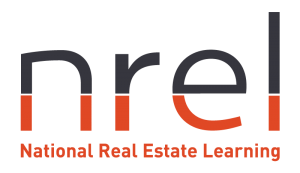When it comes to real estate marketing, investing more increases your number of ‘qualified’ buyers to your property in the shortest period to achieve the highest sale price. While there is a extensive list of marketing options you can do, there are a certain essential items that are must-haves.
Professional Images – $150 to $350
The cost of your listing’s photos can vary depending on your ‘extras’. While you can go for a standard range of photos, you can get extras such as drone footage, videography or 3D tours which can push costs to over $1000.
A Detailed Floorplan – $150
Floor plans are an essential way to give potential buyers and insight to the listings layout, dimensions and aspects. When booking your professional photographer check if they also do floorplans as occasionally it is offered as a bundle deal.
Professional Copy Writing – $0 – $350
While some agencies employ in-house professionals to write your sales script for you, others outsource this job and will need to pass on the fee to the vendor.
Property Signage – $100 – $350
Signage costs vary depending on the type of sign you choose. Options could range from a generic agency “For Sale”, a detail photo or a digital led signboard.
Brochures & Letterbox Dropping – $0 – $450
The cost of your brochures will vary depending on quantity and quality. Professional printing will always have a better impression on potential buyers, but printing in house allows you to get more out of your budget.
Online Real Estate Sales Portals – $440 – $3000+
Using a real estate portal such as Doman.com.au and realestate.com.au is essential as majority, if not all, potential buyers use these sites as their property search engine. Costs on these sites will depend on the type of advertisement package and the location of the property. It is recommended to advertise on both sights as it will undoubtedly increase your exposure to buyers.
If your client is willing to invest more in a marketing campaign, it will widen your potential reach to qualified buyers, this typically results in more buyers in a shorter time with a premium sales prices.


